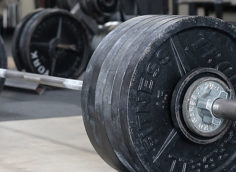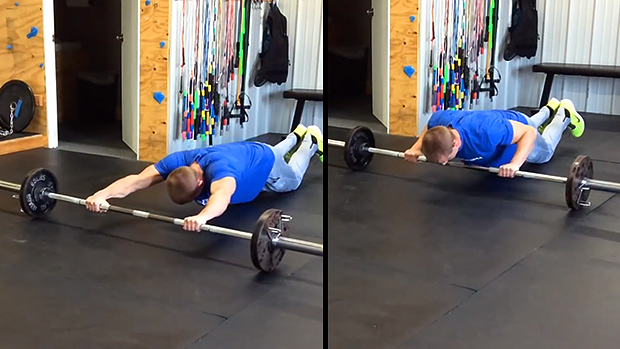Dealing With Wear and Tear
If you want to continue progressing, do your best to stay healthy and injury-free.
The human body has a great capacity to adapt, but it still has limitations. And if you've been lifting for 20-plus years, you likely have some wear and tear across your body. You likely built plenty of scar tissue and you've also become less efficient at producing collagen which makes it harder to heal. Your body can't withstand the same type of stress that it could when you were younger and less experienced.
While there are some powerlifters who continue to be decent in their 40's and even some in their 50's and 60's, they rarely keep progressing. And truth be told, except for those relying on performance-enhancing drugs, you'll pretty much never see strength athletes perform at a high level past 40. On the other hand, you'll see plenty of broken-down former elite lifters who all but stopped training because they're too limited in what they can do.
Staying injury-free comes down to mindset. And that's the number one thing that needs to change as you get older. While it's hard to do, you should tone down the competitive spirit and stop trying to be the strongest in the gym.
Listen, I bench pressed 445 pounds in my thirties, snatched 315 in my late twenties, squatted and deadlifted 600 and front squatted 475. Decent weights for someone who was always pretty much 210-220 pounds.
Nowadays I can't come close to these numbers, and if I tried it would destroy my shoulders. I simply can't use super heavy weights anymore. Yet my physique is as good, if not better, than it was back then. I'm leaner now and I'm bringing my weight back up while staying lean. I do that by focusing on other variables to increase training stress.
You have four main "tuning knobs" that you can play with when you want to stimulate muscle growth. They can't all be high at the same time. But if you set them right you can stimulate muscle gain many different ways.
- Load (amount of weight)
- Intensity (how hard you push yourself on each set)
- Volume (how much work you do in a session)
- Frequency (how many times you hit each muscle in a week)
I've gotten my best gains in recent years by increasing intensity and frequency while load and volume are kept much lower than in the past.
At the moment I train a lot like my program for natural lifters. I hit every muscle 3 days a week. I only do one work set per exercise (after 1-3 warm-up sets) which I take to failure, and most of the time using rest/pause, drop sets, post-failure iso-holds, etc. I also use a lot more isolation and machine work.
I use lower stress exercises because they allow me to push the intensity up as much as possible without risk. As you get older, the two things that can "do you in" are very heavy weights and very high volume. Both can increase the risk of injury and might lead to recovery problems. No recovery, no growth.
This switch in mindset can be hard to do for those who always loved lifting heavy and being the strongest in the gym. Some can't transition. But as you get older you should put your efforts into "looking better" rather than in being the strongest or biggest.
Eat to be healthy and lean, no more eating crap or ginormous amounts of food. This will stress your body, create systemic inflammation and cause health issues like high blood pressure and elevated blood triglycerides.





